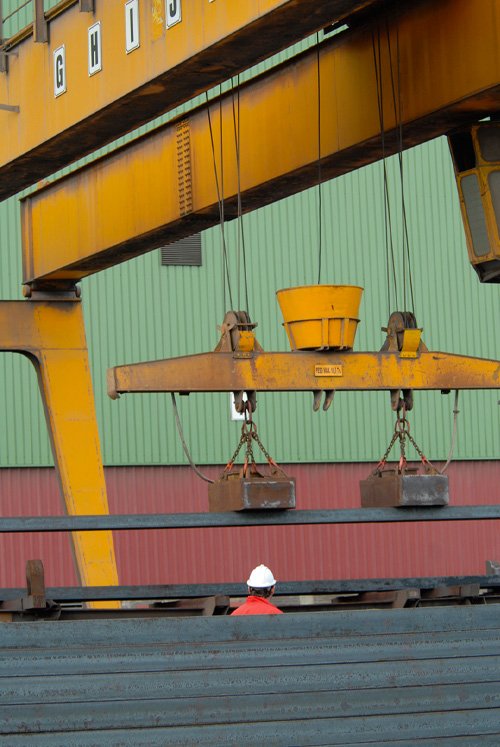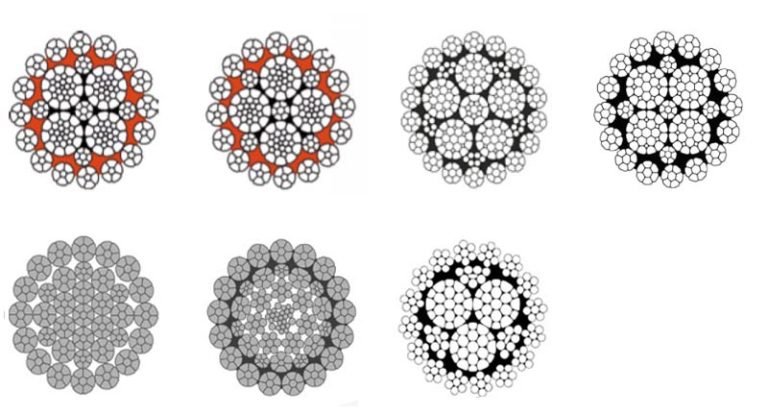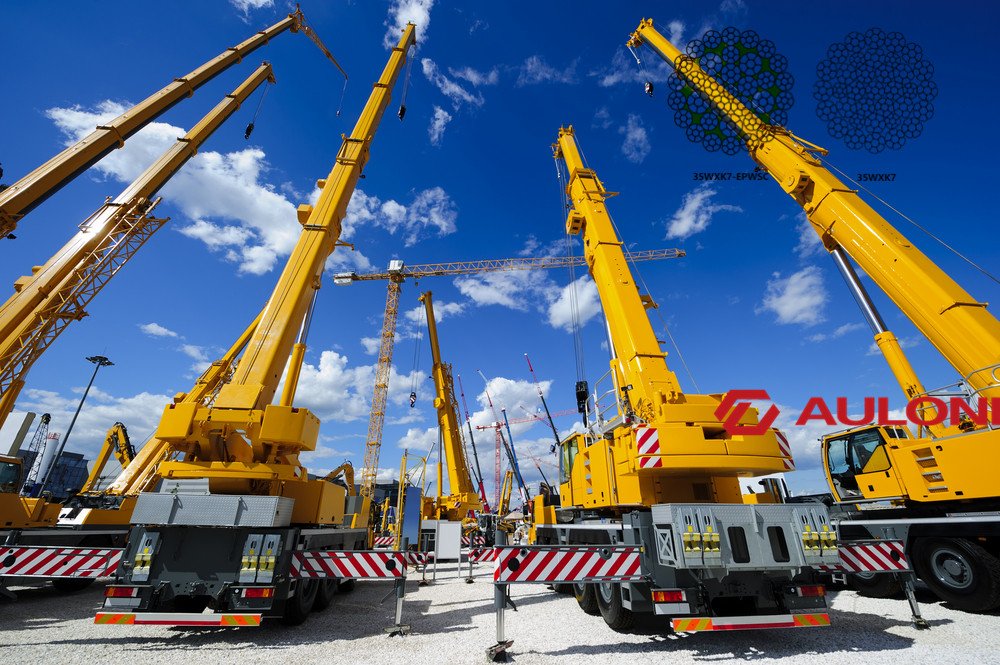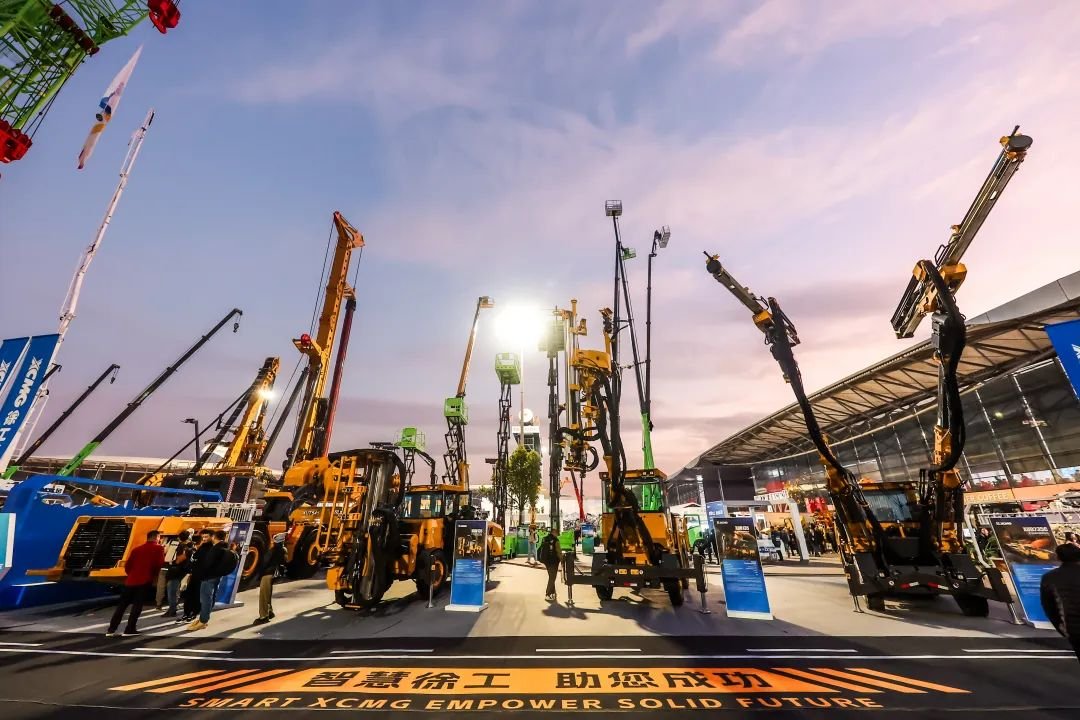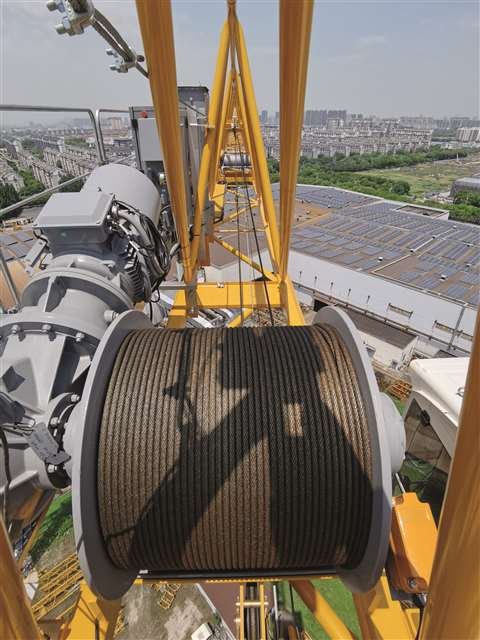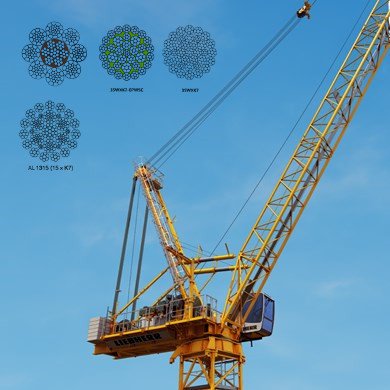Maximizing the Lifespan of Crane Wire Ropes: A Comprehensive Guide
Crane wire ropes are essential components of lifting machinery, providing the tensile strength and flexibility necessary for a wide range of industrial applications. Proper maintenance and management practices can significantly extend the life of crane wire ropes, reducing replacement costs, enhancing safety, and optimizing operational efficiency. This guide covers best practices, maintenance techniques, and troubleshooting strategies to ensure crane wire ropes are resilient, reliable, and long-lasting.
1. Understanding Wire Rope Composition and Characteristics
Crane wire ropes are composed of several strands twisted around a core. Each strand comprises numerous wires that provide strength and flexibility, but their longevity can be compromised by environmental exposure, heavy loads, and frictional wear. Key components to consider include:
- Core Types: The core of a wire rope (fiber core, independent wire rope core, or wire strand core) influences its flexibility, strength, and resistance to environmental factors.
- Strand Patterns: Standard strand patterns include single strand, multi-strand, and anti-rotational ropes, each designed to perform specific functions.
- Lubrication: An internal and external lubricant application is critical to reduce friction, prevent corrosion, and extend the wire’s lifespan.
2. Best Practices for Crane Wire Rope Installation
Proper installation is foundational for the wire rope’s longevity and performance:
- Choose the Correct Rope Type: Selecting the appropriate rope type based on crane specifications, load requirements, and environmental conditions is essential.
- Inspect for Damage Before Installation: Examine the rope for any manufacturing defects or damages that might have occurred during storage or handling.
- Maintain Proper Drum Winding: Correct drum winding (without crossovers or improper tension) helps reduce wear and ensures load balance.
- Correct Sheave Sizing: Ensure sheaves have a compatible groove diameter to prevent excessive bending, which can shorten rope life.
3. Routine Lubrication for Longevity
Lubrication plays a pivotal role in preserving the wire rope’s structural integrity by reducing friction and shielding against corrosion. Regular and correct application of lubricants ensures flexibility and enhances the wire’s resistance to environmental stresses.
- Internal and External Lubrication: Apply both internal and external lubrication to reduce internal wear and external corrosion. High-viscosity lubricants are generally recommended.
- Lubrication Intervals: Frequency depends on the operating environment. High-moisture or salty environments require more frequent lubrication.
- Avoiding Over-lubrication: Over-lubrication can lead to slippage on drums and sheaves. Always follow manufacturer guidelines for application rates.
4. Regular Inspections to Identify Wear and Fatigue
Routine inspections are vital to detect signs of wear, corrosion, or damage that may compromise rope strength.
- Daily Visual Checks: Operators should perform daily visual inspections, looking for kinks, broken strands, rust, or any signs of deformation.
- Magnetic Particle Testing (MPT): This nondestructive testing method can reveal internal breaks not visible to the naked eye.
- Documenting Inspection Findings: Recording inspection results helps track wear patterns over time, allowing for predictive maintenance and timely replacements.
5. Preventing Overloading and Proper Load Management
Overloading is one of the most common causes of premature wire rope failure. Exceeding the rated load capacity can lead to strand damage, stretching, and, ultimately, rope failure.
- Adhere to Load Ratings: Never exceed the crane’s load rating. Using a load monitoring system can help operators maintain safe load limits.
- Avoid Shock Loading: Sudden jerks or load drops place high stress on the wire rope, which can lead to immediate strand failure.
- Balanced Load Distribution: Ensure the load is distributed evenly across the rope to prevent localized strain and excessive bending.
6. Managing Bending and Fatigue
Excessive bending or repetitive flexing can weaken the rope over time due to metal fatigue. Minimizing bending stress helps extend the wire rope’s operational life.
- Use Appropriate Sheave Sizes: Sheaves that are too small for the rope diameter can cause severe bending fatigue. Follow manufacturer recommendations for sheave dimensions.
- Avoid Sharp Edges: Ensure that the rope does not rub against sharp edges, which can cause surface wear and weaken the outer strands.
- Periodic Reeving: Rotating the rope position in its reeving pattern can reduce localized wear, helping distribute the stress evenly across the rope’s length.
7. Environmental Protection and Storage Conditions
Environmental factors such as moisture, heat, and chemical exposure can significantly impact the wire rope’s durability.
- Protect from Corrosive Elements: In marine or chemical environments, additional protective coatings or corrosion-resistant ropes are essential.
- Store in a Dry, Covered Area: Wire ropes should be stored in a cool, dry location away from direct sunlight and chemicals.
- Temperature Management: High temperatures can degrade the rope’s internal lubricant and weaken the strands, so avoid exposing ropes to extreme temperatures when possible.
8. Replacement Criteria and Rope Disposal
Knowing when to replace a wire rope is essential for maintaining operational safety and efficiency.
- Replacement Indicators: Common signs include visible broken strands, significant rust, kinks, or permanent deformations.
- Follow Regulatory Standards: Industry standards such as ISO 4309 provide guidelines on wire rope inspection, maintenance, and discard criteria.
- Disposal Procedures: Proper disposal of used wire ropes is critical to avoid environmental contamination and ensure workplace safety.
9. Implementing Predictive Maintenance Systems
Predictive maintenance technologies, such as condition monitoring and smart sensors, can optimize wire rope maintenance schedules and extend their service life.
- Vibration Analysis and Load Monitoring: These systems help detect early signs of wear and potential overloading incidents.
- IoT-Enabled Monitoring: Modern cranes equipped with IoT sensors can track real-time usage data, which helps schedule preventive maintenance based on actual wear patterns.
- Data-Driven Maintenance Scheduling: Using historical performance data and advanced analytics can predict optimal replacement times, reducing the likelihood of unexpected failures.
10. Training and Competency for Crane Operators
Operator training is a cornerstone of wire rope longevity. Trained operators are better equipped to handle ropes carefully, reducing the risk of damage from improper handling.
- Proper Handling Techniques: Training should cover safe load handling, load balancing, and gentle lowering to avoid shock loading.
- Regular Refresher Courses: Frequent training updates help operators stay current on best practices for crane and rope handling.
- Inspection and Reporting Training: Teaching operators to recognize early signs of wear and report potential issues can prevent damage escalation.
Conclusion
Maintaining crane wire ropes requires a multifaceted approach that includes regular lubrication, routine inspections, load management, and operator training. Adopting these best practices will help ensure that wire ropes perform optimally, reducing downtime and maintaining workplace safety. Consistent and thorough maintenance helps maximize the return on investment for crane operations, while also contributing to operational safety and efficiency.
For professional guidance, technical assistance, or to schedule a consultation, visit our website www.wireropes.net, or contact us at info@wireropes.net or via phone/WhatsApp at +86-15573139663.

